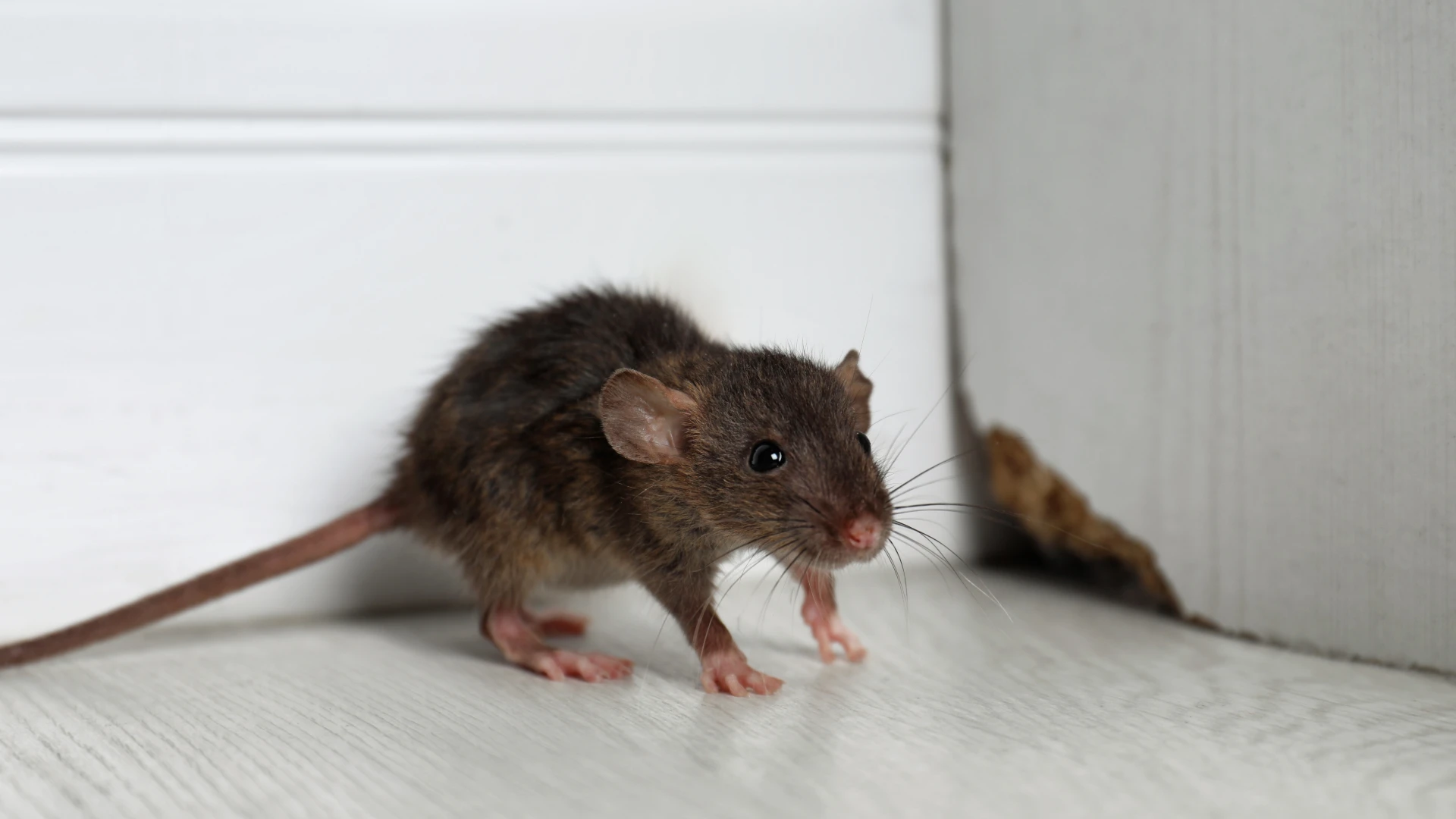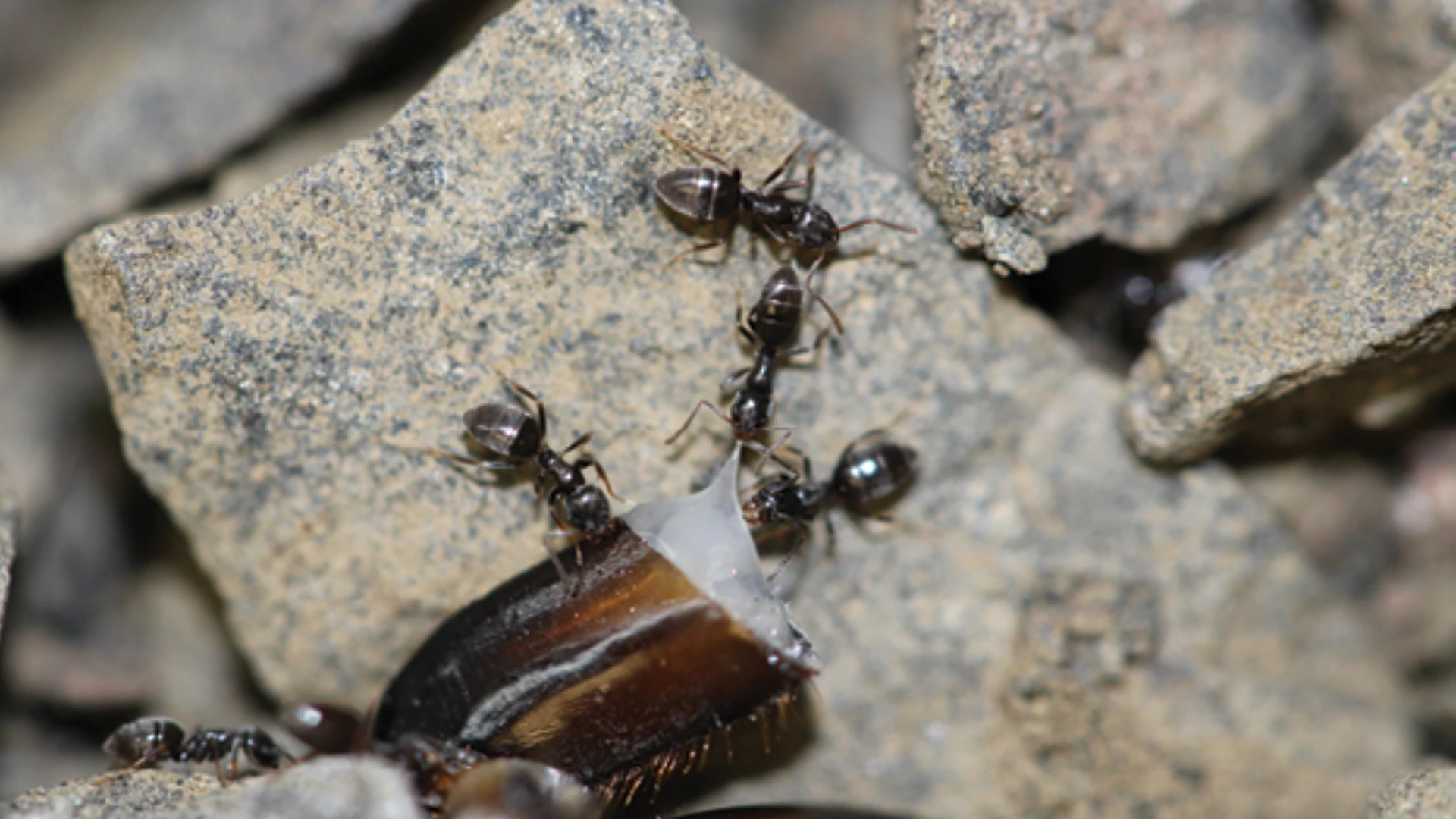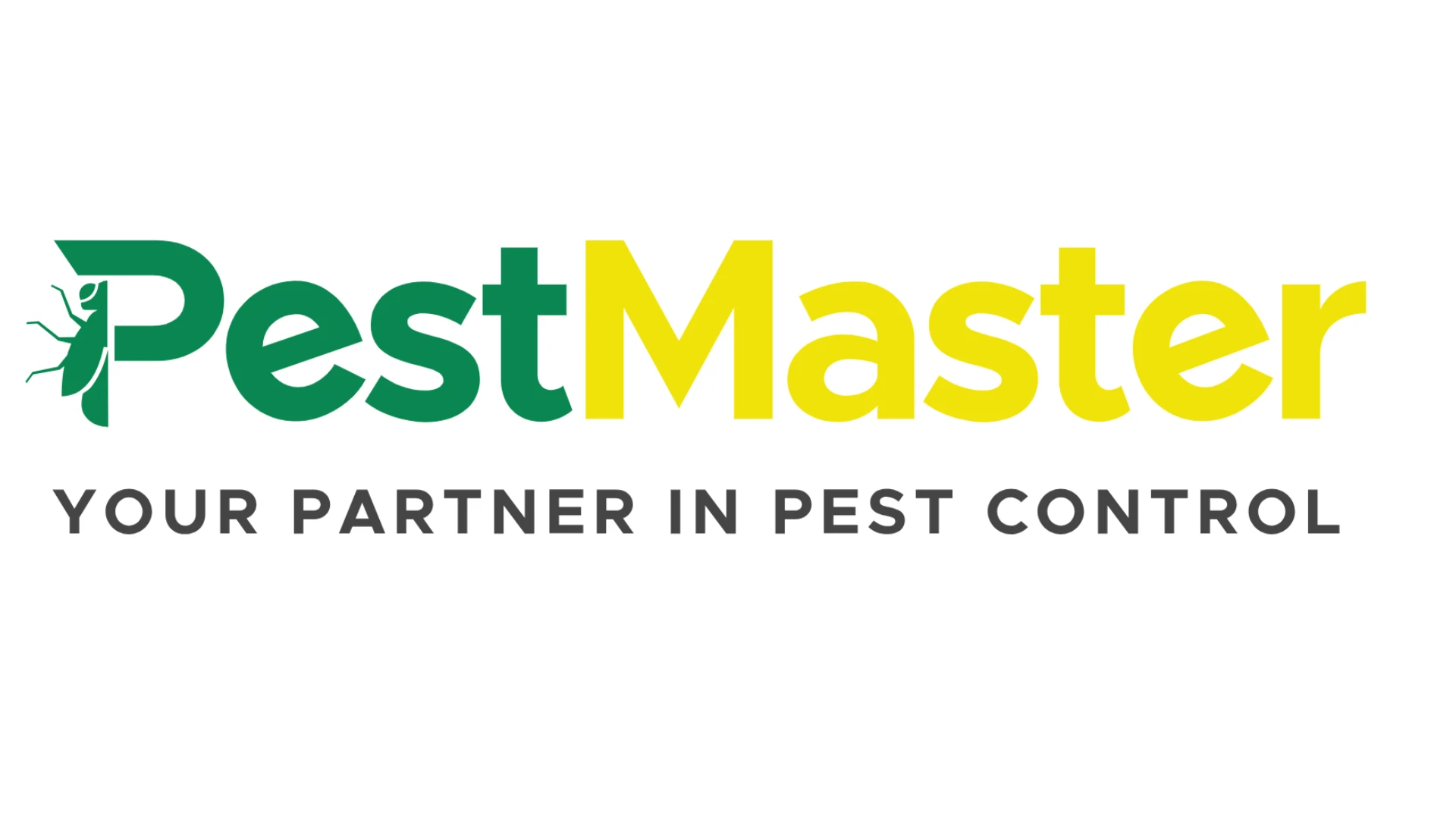
iStock | Liudmila Chernetska
Editor’s Note: This article was reprinted with permission from Pinto & Associates.
Mouse control can be challenging for even the most seasoned pest management professional. However, service technicians can enhance their chances of success if they use expanded trigger snap traps with a much larger pedal (sometimes called a platform trap or professional trap).
What follows are 20 tips for controlling mice with snap traps, including helpful suggestions for proper placement, baiting and maintenance.
SNAP TRAP PLACEMENT TIPS. Expanded-trigger traps that are properly placed along mouse runways will catch mice even without any food bait. Other placement recommendations include:
- Place traps along mouse runways — next to walls and especially in dark, hidden areas such as behind the stove.
- Place traps where mice are feeding or where droppings or nest material have been seen.
- Use boxes or other large, movable objects to create a runway that will move mice along a pathway toward your traps.
- Place traps with the baited or trigger end of the trap against the wall and at a right angle to the wall.
- Don’t place traps too far away from each other along an active runway. Use more traps placed closer together, about 6 feet apart, but cluster traps in areas of high activity.
- To avoid mice jumping traps, use double sets with two traps placed side-by-side.
- To protect traps from view, dust, children, pets or equipment, place them inside a bait station. Place two or three traps inside at right angles to the long end so the mouse runs into the trigger end of the trap as soon as it enters the station.
- To set traps on pipe runways, screw a hose clamp onto the bottom of the trigger end of a wooden trap and use this to attach it to the pipe with the trigger end perpendicular to the pipe. Or, screw a cup hook onto each side of the trap and run a rubber band under the pipe and attach it to the hooks on each side. Initially, use lots of traps, about five times as many traps as you think there are mice.
SNAP TRAP BAITING TIPS. Snap traps don’t have to contain food bait to catch mice, but bait usually helps. Studies show that bait is stolen less often from expanded trigger traps than it is from standard snap traps.
- Use only a pea-sized amount of bait or a thin smear. Too much bait lets mice feed or steal it without ever touching the trigger.
- When first baiting multiple traps, try food baits like what the mice are feeding on in the account but also try some new foods that might provide a missing dietary nutrient. If you find a preferred food, use that in your traps.
- Some good food bait choices for house mice are peanut butter (avoid use in schools or where food allergies could be an issue), gumdrops, nut meats, bacon, caramel corn, hot dog slices or a dab of “kitty malt” (treats hair balls in cats; comes in a convenient tube).
- If mice keep removing bait without snapping the trap, try tying the bait onto the pedal with dental floss or melt a bait (chocolate, cheese or marshmallow) onto the trigger, or use a sticky bait such as peanut butter or molasses that can’t be carried off. Put a thin smear on both the top and bottom of the trigger.
- If food is plentiful but nest material is not, tie bits of yarn or soft string, or strips of cloth onto the trigger. Or, bait traps with both food and nest materials.
- Gain their trust by placing baited but unset snap traps for several nights until the mice are used to feeding from the traps. Then bait and set them.
SNAP TRAP MAINTENANCE TIPS. Once set, snap traps must be properly maintained by the PMP. Therefore, follow these recommendations:
- Wear gloves when setting and baiting snap traps and when handling a mouse or trap that has caught a mouse to protect yourself from disease.
- Check traps often, not only to remove catch and reset, but also to replace missing or rancid bait.
- Attract more mice by letting some mousy smells of urine and droppings remain on the traps. In other words, don’t wash your traps (scrape them clean if you need to), but don’t let them get so gummy that the action of the trigger is slowed down.
- If your food baits are getting wet, moldy or dusty in the account, place the baited traps inside rodent bait stations. Place two or three traps in each station.
- Be careful how you store your snap traps. Don’t store them near pesticides or other chemicals. To make traps more enticing to mice, store them in a plastic bag with some of your food bait. Precondition new traps by storing them with used, dirty traps.
The authors are well-known industry consultants and co-owners of Pinto & Associates.

Explore the August 2017 Issue
Check out more from this issue and find your next story to read.
Latest from Pest Control Technology
- Target Specialty Products Expands Sales Leadership Team
- Mosquito Joe Promotes David Price to Vice President of Strategic Growth
- Abell Pest Control Recognized as One of Canada’s Best Workplaces in 2025
- Scorpion Launches Capacity Marketing Engine
- Petti Pest Control Owners Reflect on Finding Success as a Father-Son Duo
- Effective Mitigation of Crow Infestations
- Mosquito Control: Spraying vs. IPM
- Terminix Service's Leaders Inducted into South Carolina Business Hall of Fame





